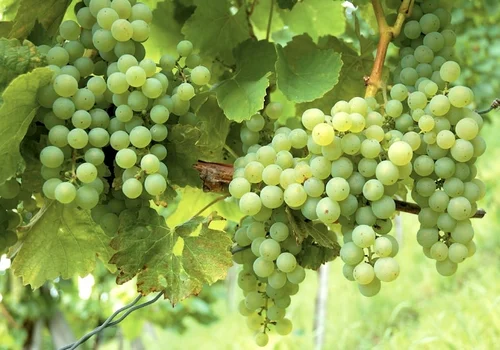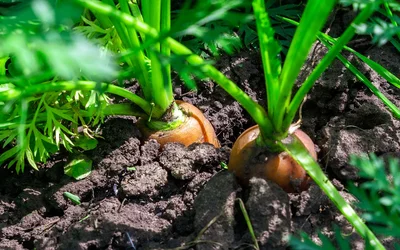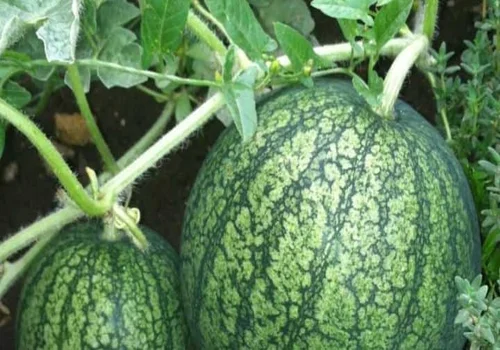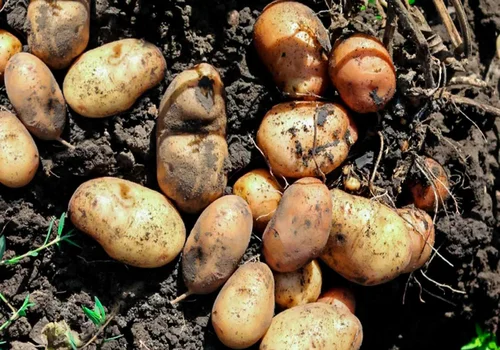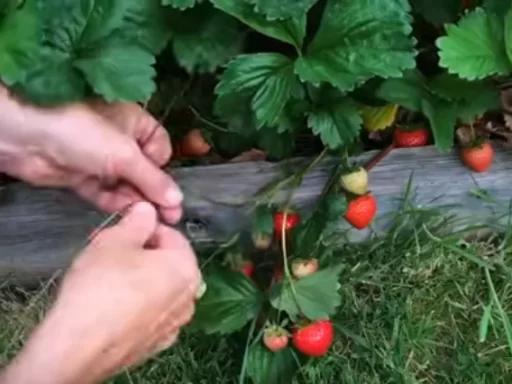Container gardening offers a versatile, rewarding, and aesthetically pleasing way to grow your own fresh vegetables, herbs, and flowers, even in small spaces. Whether you have a patio, balcony, or limited garden area, this method can help you transform your space into a beautiful, edible garden. With the right approach and a few essential tips, you can create a productive and eye-catching garden that complements your surroundings.
In this guide, we’ll explore the steps involved in creating a container garden, the best plants for container growing, and how to ensure your garden thrives throughout the growing season.
Why Choose Container Gardening?
Container gardening is perfect for those with limited space or those who want more control over their growing environment. With containers, you can easily adjust the soil mix for specific plants, move pots to optimize sunlight exposure, and change your garden’s look throughout the season. Additionally, containers can be arranged aesthetically, allowing you to create a stunning visual display while growing your own fresh produce.
Sharon, a beginner gardener, shared her desire to turn her flower garden into something that not only looks great but also provides fresh, tasty vegetables. She was especially drawn to the idea of using containers, as they provide both flexibility and beauty. With this goal in mind, we embarked on the journey of creating her first container garden.
Getting Started with Your Container Garden
Before diving into the planting process, it’s important to select the right spot for your containers. Look for areas that get plenty of sunlight, as most vegetables and herbs need at least 6-8 hours of direct sunlight per day. In Sharon’s case, we found a flat, sunny spot near her house, which not only provides optimal growing conditions but also makes it easier for her to tend to the plants and admire her hard work.
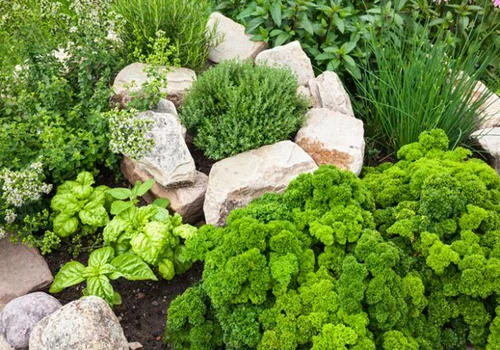
Benefits of Container Gardening
- Flexibility: Containers can be moved to catch the best light or to protect plants from harsh weather conditions.
- Soil Control: You can customize the soil mix in each container to meet the needs of different plants.
- Aesthetic Appeal: With a variety of pots and arrangements, container gardens can add beauty to patios, balconies, and garden spaces.
- Space Efficiency: Even in small areas, container gardening allows you to maximize your growing potential.
Choosing Your Plants
When selecting plants for your container garden, it’s essential to choose varieties that will thrive in confined spaces. In Sharon’s case, we selected a mix of vegetables, herbs, and even some fruits. Here’s what we chose:
- Leafy Greens: Spinach and lettuce are perfect for containers and grow quickly.
- Herbs: Rosemary, mint, and cilantro add flavor to dishes and grow well in small spaces.
- Fruit Vegetables: Cherry tomatoes and chili peppers are both productive and attractive plants for containers.
- Strawberries: These are a delightful addition to any container garden, offering both visual appeal and sweet treats.
Planting Potatoes in Containers
One of the first crops we planted in Sharon’s garden was early-season potatoes. Potatoes grow well in containers and provide a satisfying yield. Here’s how we did it:
- Prepare the Container: Start by filling your container about one-third full with a mix of recycled potting soil and fresh compost. This helps keep costs down and ensures the soil is rich in nutrients.
- Add Fertilizer: A handful of chicken manure pellets mixed into the soil provides a nutrient boost that helps the potatoes grow quickly.
- Plant the Potatoes: Place two seed potatoes in the container, shoots facing up, about 2-3 inches from the side of the container.
- Cover with Soil: Fill the container to the top with more potting mix, ensuring the potatoes are well-covered.
Potatoes are a great choice for beginners, as they grow quickly and require minimal maintenance. To care for them, water regularly, especially during hot weather, and cover the surface with mulch to retain moisture.
Creating an Herb Garden
Herbs are a fantastic addition to any container garden, providing both beauty and utility. In Sharon’s garden, we planted a variety of herbs, including rosemary, mint, cilantro, parsley, and chervil. Here’s how we set up the herb containers:
- Line the Containers: We used permeable weed fabric to line the bottom of the baskets, which prevents the soil from escaping and ensures proper drainage.
- Arrange the Plants: For a visually appealing arrangement, we placed the taller herbs like rosemary in the back, with shorter herbs in the front.
- Plant the Herbs: Fill the container with potting mix, leaving about an inch at the top to allow for watering. Plant the herbs, spacing them evenly.
Herbs like rosemary thrive in well-draining soil, so we added a gritty sand mix to the potting soil to help with drainage. Regularly trimming herbs helps them grow bushier and healthier, ensuring a steady supply of fresh ingredients for your cooking.
Caring for Your Container Garden
Maintaining a healthy container garden involves a few key steps:
- Watering: Containers tend to dry out faster than garden beds, so regular watering is essential. During hot weather, you may need to water daily.
- Fertilizing: Use a balanced liquid fertilizer every few weeks to provide essential nutrients.
- Pruning: Regularly prune your plants to encourage new growth and prevent overcrowding.
- Pest Control: Keep an eye out for pests like aphids or caterpillars, and treat with natural remedies like neem oil if necessary.
Sharon’s container garden now includes a range of vegetables and herbs, providing both visual interest and delicious, fresh produce. With regular care, her garden will continue to thrive throughout the growing season.
Frequently Asked Questions
1. What are the best vegetables to grow in a container garden?
Some of the best vegetables for container gardening include tomatoes, peppers, lettuce, spinach, carrots, and potatoes. These plants thrive in confined spaces and produce a good yield.
2. How often should I water my container garden?
Container gardens dry out faster than traditional garden beds, so it’s important to check the soil regularly. Water when the top inch of soil feels dry, and in hot weather, you may need to water daily.
3. Can I grow herbs and vegetables in the same container?
Yes, herbs and vegetables can be grown together, provided they have similar water and sunlight needs. For example, you can plant leafy greens like spinach with herbs such as cilantro or parsley.
4. Do I need to use fertilizer in a container garden?
Yes, container gardens benefit from regular fertilization. Use a balanced liquid fertilizer every 2-3 weeks to ensure your plants get the nutrients they need.
5. What type of soil should I use for a container garden?
A high-quality potting mix is essential for container gardening. You can also mix in compost or manure to provide extra nutrients.
6. How do I prevent pests in my container garden?
Regularly inspect your plants for pests like aphids or caterpillars. You can use natural remedies like neem oil or insecticidal soap to control pests without harming your plants.
7. Can I grow fruit in containers?
Yes, many fruits like strawberries, blueberries, and dwarf citrus trees grow well in containers. Make sure to choose large enough pots to accommodate their roots and provide ample sunlight.

